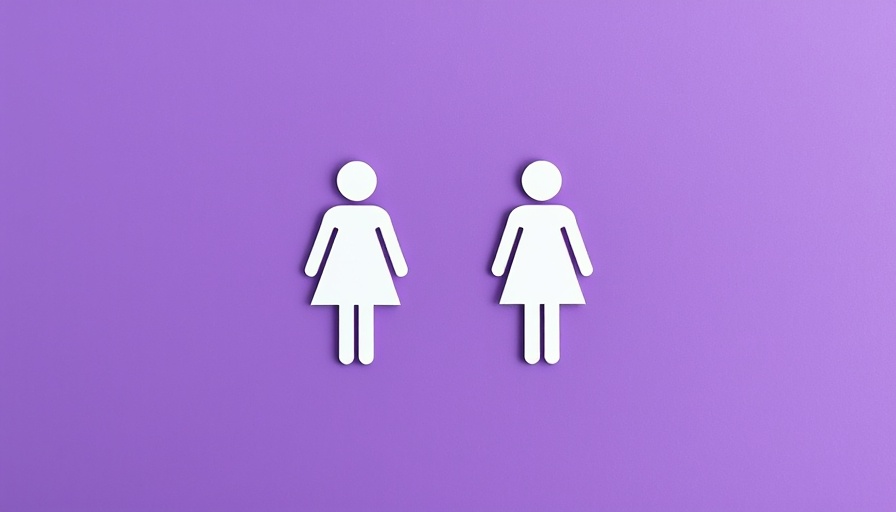
Understanding the Gender Gap in Healthcare Costs
The gender gap in healthcare out-of-pocket costs represents one of the most pressing equity challenges in our healthcare system today. Emerging research, such as that from GoodRx, highlights that women spend substantially more on healthcare than men—nearly 30% more per year on prescriptions alone. This discrepancy compounds the ongoing "pink tax" associated with goods and services traditionally marketed toward women and reveals startling inequities in care delivery.
The Hidden Costs of Women's Health
Healthcare expenses specific to women's health, such as fertility treatments and reproductive services, significantly contribute to higher out-of-pocket costs. However, these aren’t the only factors. Women's spending on mental health medications, specifically for depression and anxiety, exceeds their male counterparts by over 100%. Such disparities highlight crucial points where healthcare solutions must focus—not just to alleviate financial burdens but also to ensure equitable access to necessary medications and treatments.
Impact of Menopause on Healthcare Spending
As women age, particularly during menopause, healthcare costs can spike dramatically. A staggering amount of over $13 billion annually goes towards managing menopause-related treatments. Research shows that women diagnosed as menopausal spend 45% more on healthcare than their counterparts who are not. This increasing burden underscores a critical need for healthcare reforms that prioritize women's health across all life stages, rather than only during reproductive years.
Seeking Solutions: What Can Be Done?
Addressing the gender gap in healthcare costs requires comprehensive scrutiny of pricing strategies across healthcare services and pharmaceuticals. Healthcare leaders and policymakers are urged to reassess how products are priced, ensuring women aren't disproportionately affected. Implementing equitable pricing strategies could relieve some financial pressures, ultimately improving overall health outcomes and fostering a healthier populace.
Final Thoughts on Bridging the Healthcare Divide
To effectively bridge the gender healthcare gap, action must be taken at multiple levels, from healthcare providers to policymakers. The path to equity lies not only in recognizing these disparities but actively working toward solutions that address them holistically. This not only benefits women but establishes a more sustainable healthcare system for everyone.
 Add Row
Add Row  Add
Add 

 Add Row
Add Row  Add Element
Add Element 




Write A Comment